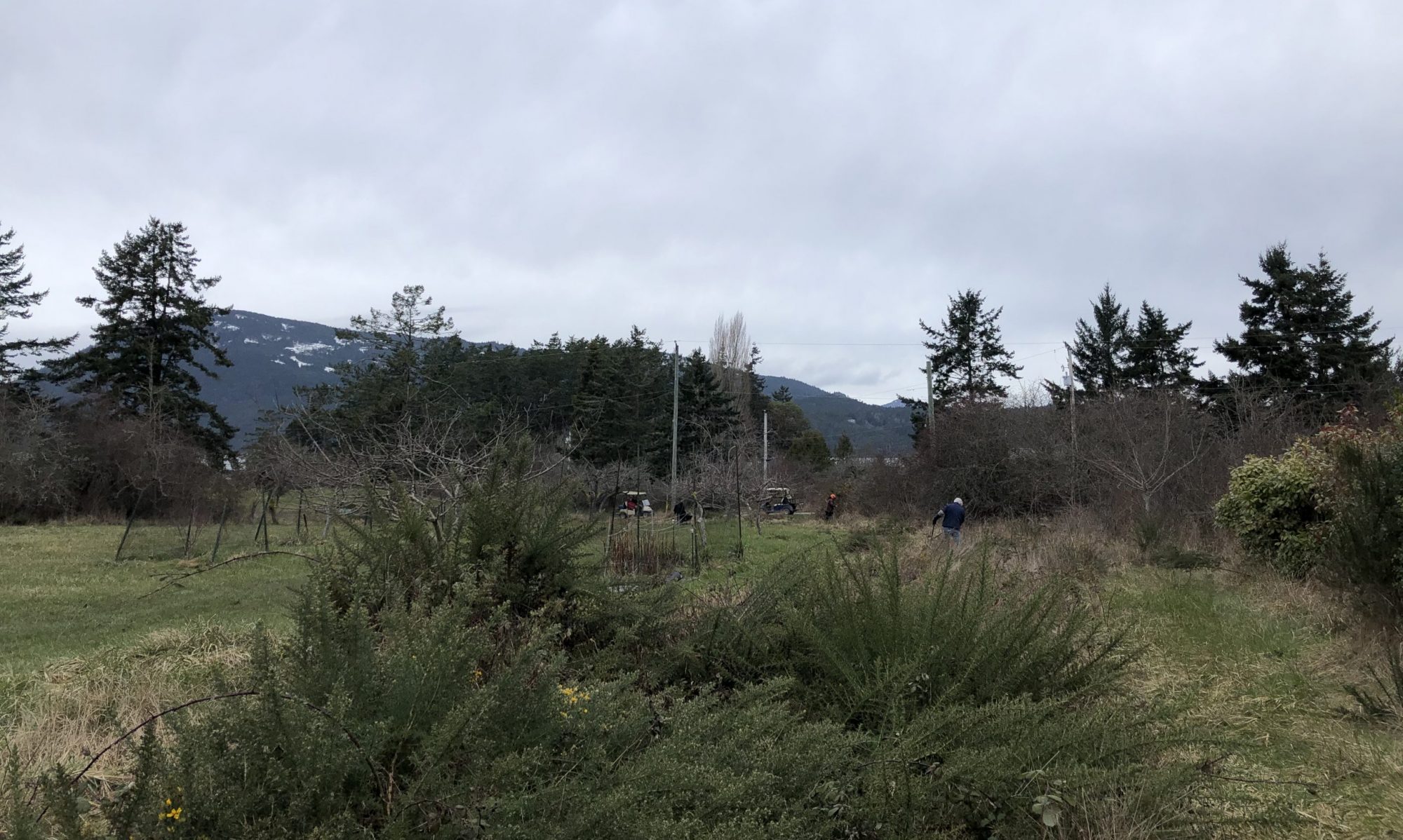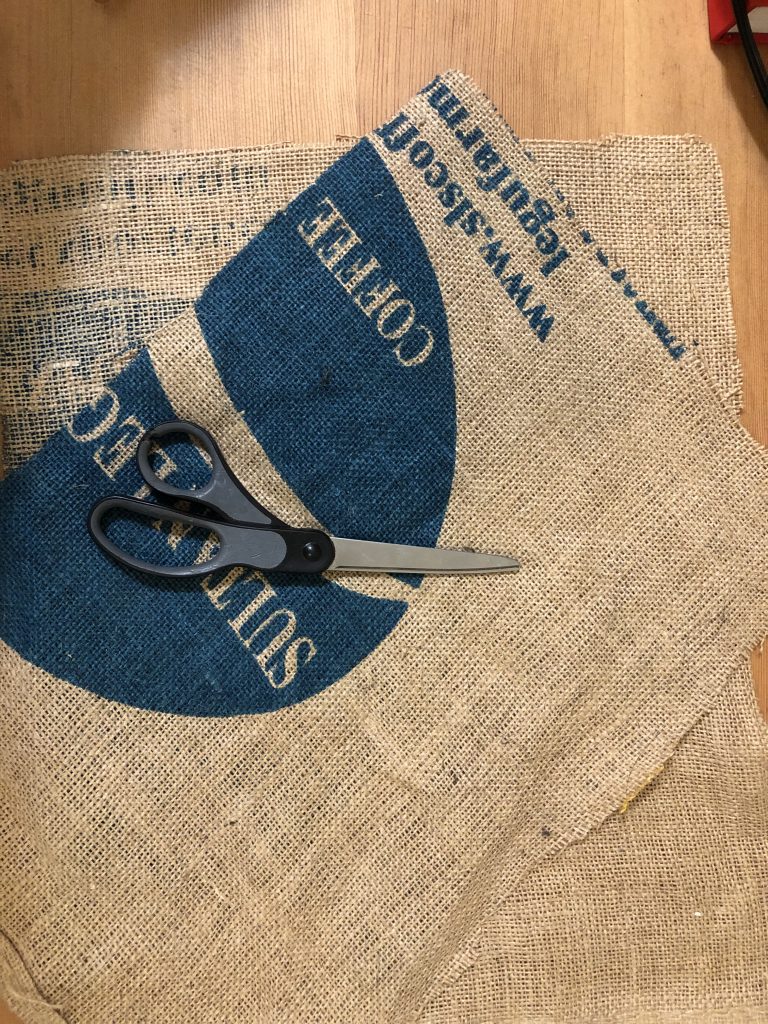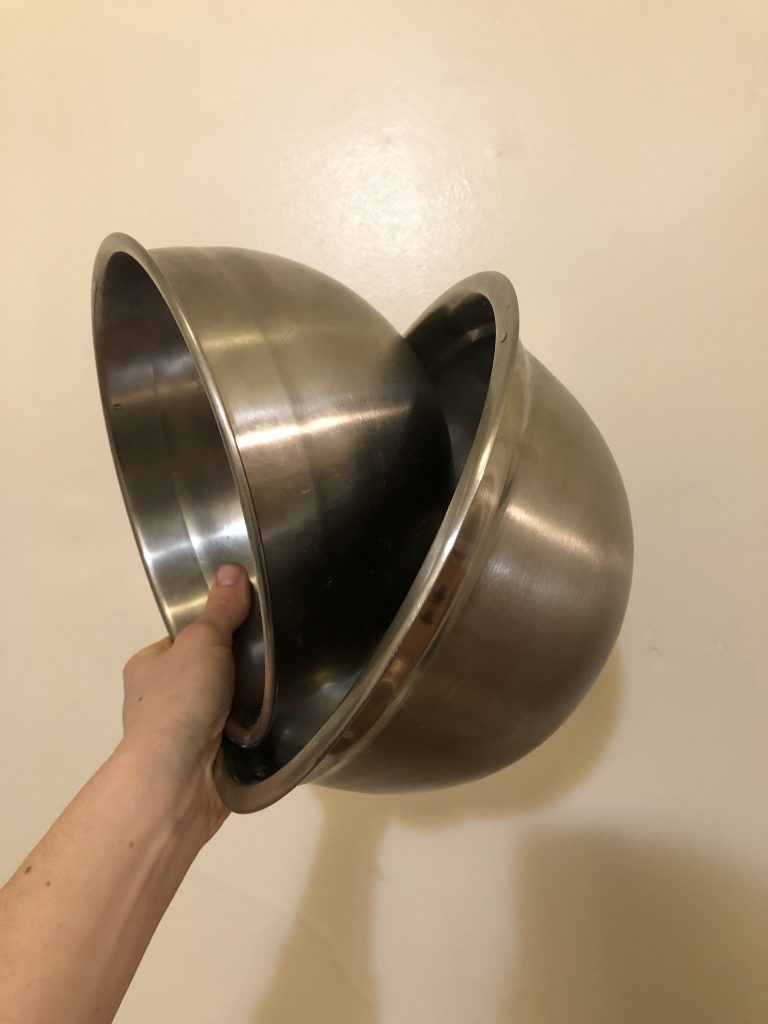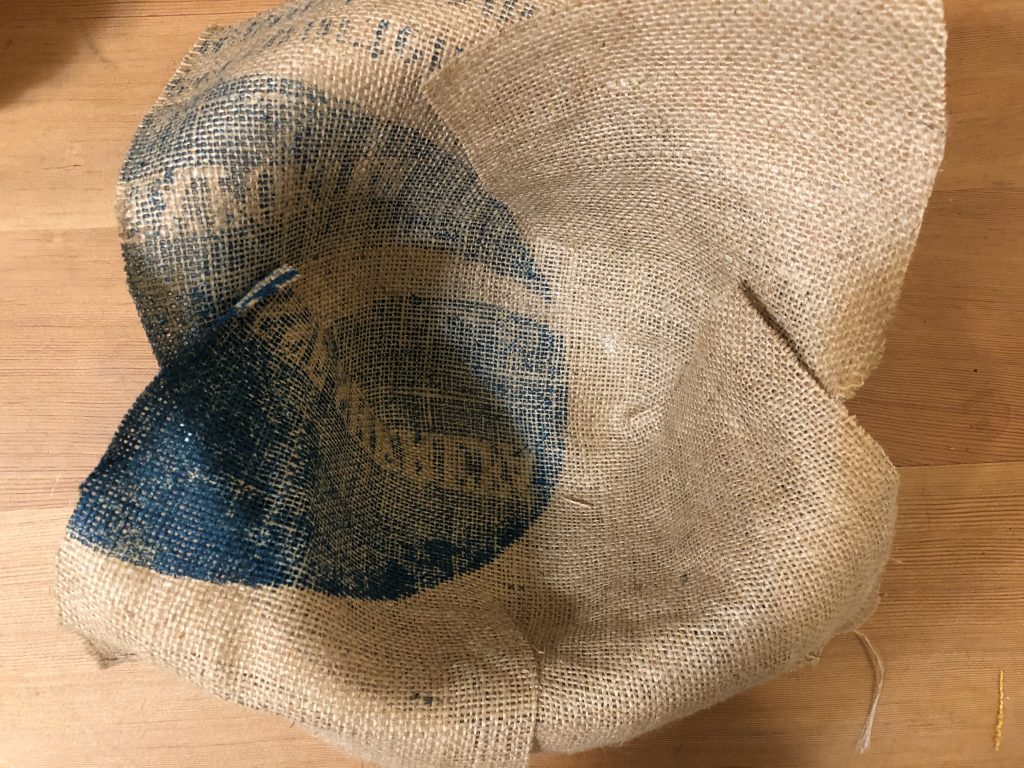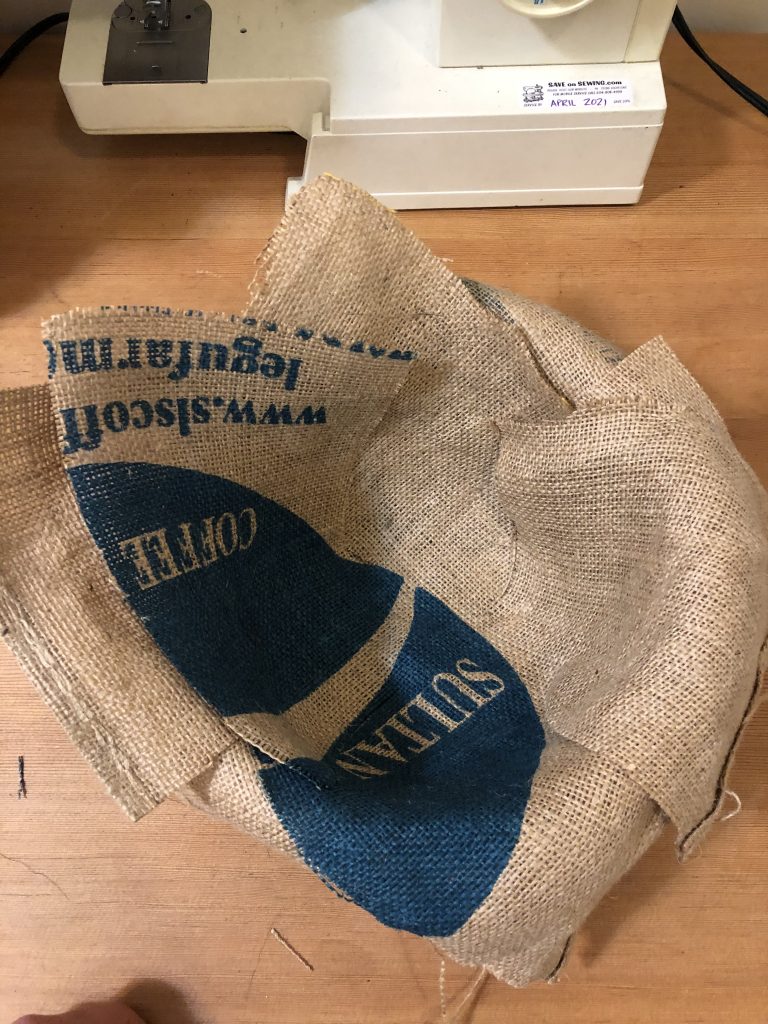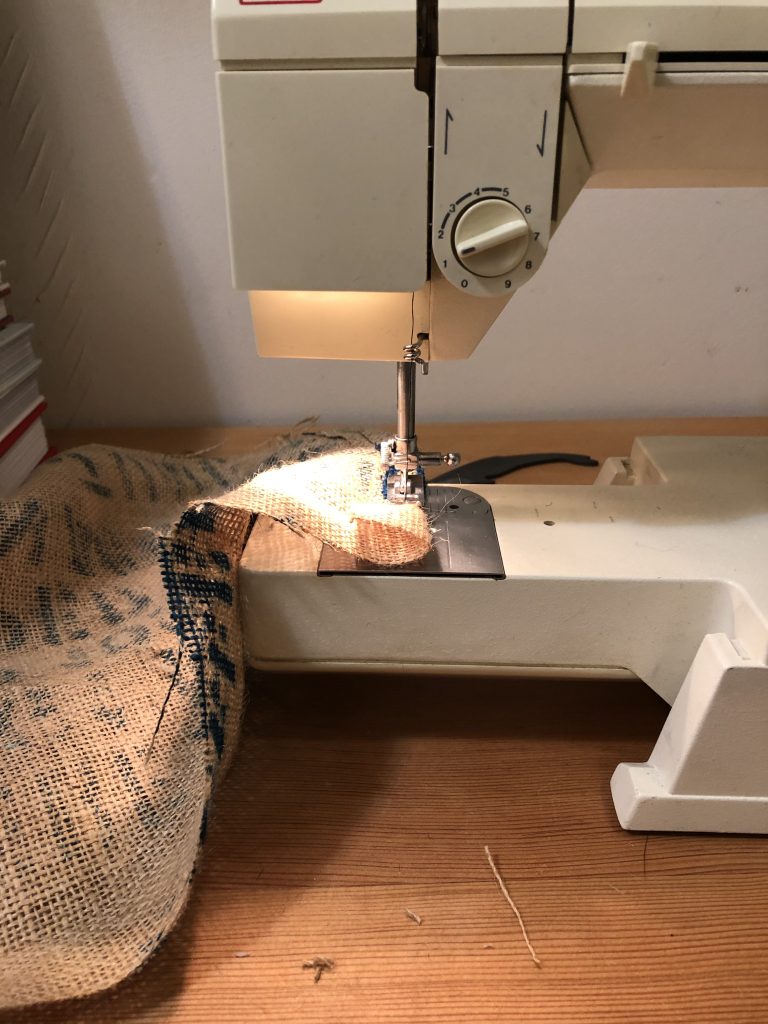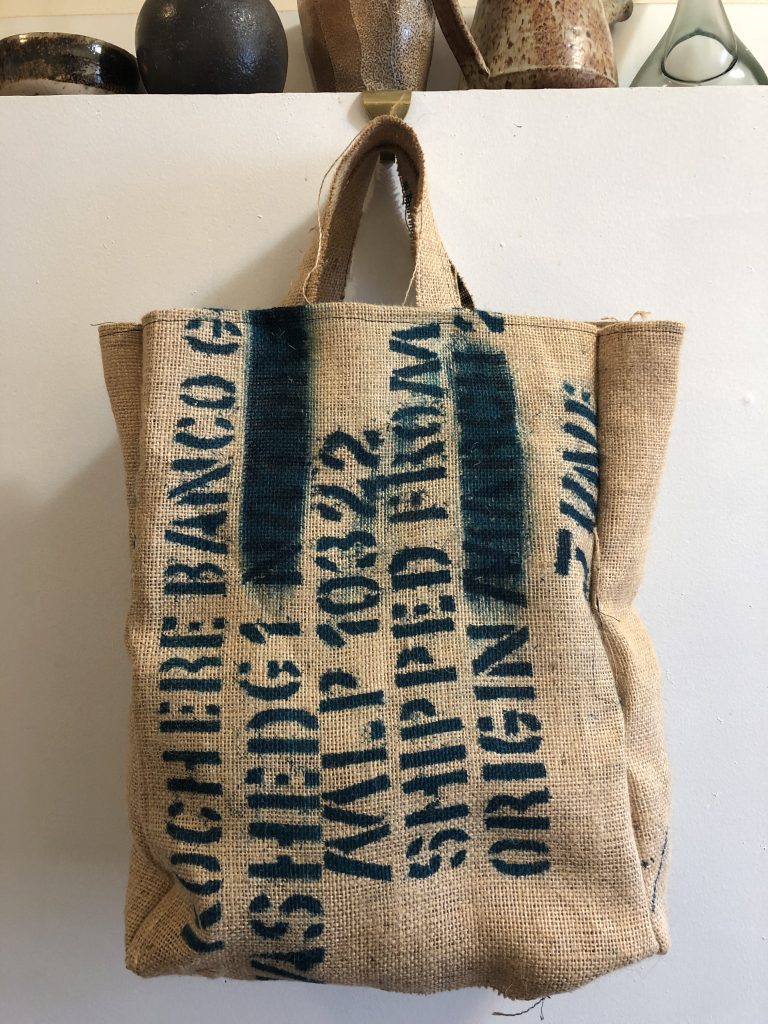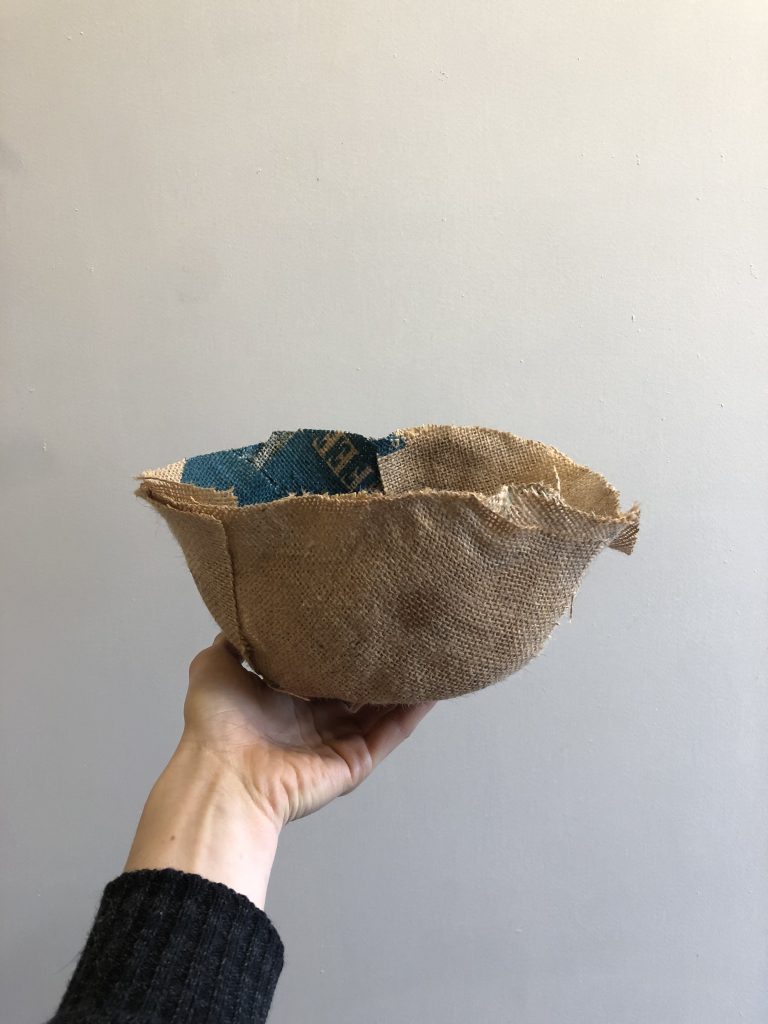This semester, I have found myself immersed in conversations of place based practice and design. Coming from last semester, this feels like such a timely and energizing transition into building my research frameworks and overall practice.
While last semester, I primarily worked with natural materials — wood ash, cedar bark, arbutus, oregon grape root, etc — I wanted to push myself to find ways to use other materials from the places I inhabit. I’m interested to work with place-based materials for their capacity to connect communities to where they are. I believe that this in turn, can be a means of promoting local making, industries, and an overall more sustainable and circular local economic system.
I worked through a couple of avenues that I could explore this work. Essentially two roads — one that focused more on my experiences and frustrations with our current system, and one that focused on a population in Vancouver that often gets ignored, the downtown east side of this city.
In that vain, I have spent more time in that neighborhood of Vancouver since I began my work at Sole Food Street Farms — a social enterprise urban farm hybrid that provides agricultural education and employment to individuals who have high barriers to employment. Last season, we were able to divert a considerable amount of fresh produce from our farm to the DTES. I coordinated and delivered most of that produce. That and my parter’s workplace in railtown had be spending a lot of time walking and driving around this neighborhood.
Trying to think about what the materials of the DTES are, I thought of garbage and debris, and I thought of the industry of the neighborhood. What opportunities for material reimagining and reuse are in a specified region such as this?
Coffee roasters and breweries are numerous — as is their waste. Coffee roasters throw away the burlap bags that carry the unprocessed coffee beans from far and wide. Spent grain makes up roughly 85% of the byproducts of brewing — and also the majority of which goes to compost or the landfill.
There is a discrepancy in if residents of the DTES would connect burlap or spent grain to their homes, but nevertheless those are resources that are already there. I wanted to think about if there ways to use those materials (or others in the neighborhood) to serve that community.
This opened conversations about co-creation, participatory design, and really recognizing the needs of the neighborhood.
This really blew up my scope, to a scale I’m not sure I’m prepared to tackle. But that in mind, I wanted to get my hands on one of those proposed materials.
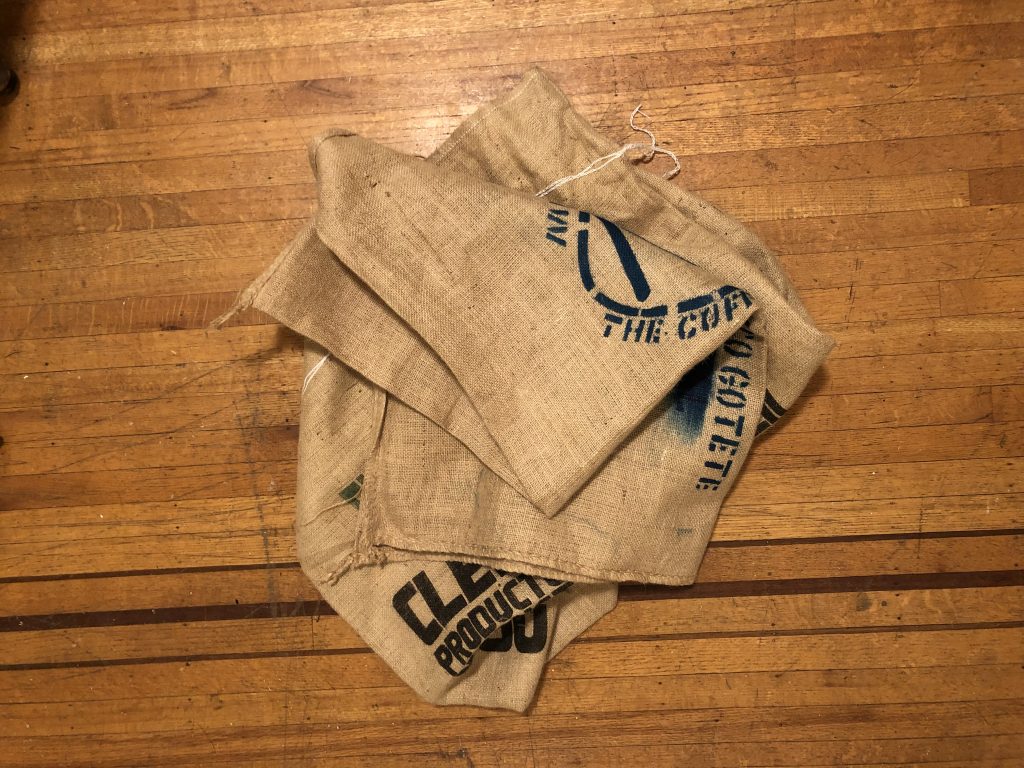
I had some burlap form an east side roaster from my work (we use it to winterize the farm), and sought to make something useful from it. At risk of making something a bit too DIY / crafty, I jumped in anyway. I made a simple bowl and a simple tote bag.
I’m interested in finding an opportunity to work with short-term housing facilities in Vancouver. Wouldn’t it be something to create some kind of place-based welcome package for recipients when they move into a new space? Housing-first models of addressing homelessness and addiction are 85% successful after six years, versus the 60% efficacy of treatment first. What if we could offer for example a package — perhaps a locally made welcome wagon from makers (ceramic piece, wooden spoon, urban farm gift card, local coffee, etc). Would that support their process of building lasting connections to the places and communities that they inhabit?
Would it be valued?
Would it make a difference?
Who would support this?
Who would be the makers?
Interviews, surveys?
I’m looking forward to exploring this further and finding opportunities within the conversations I’ve been engaging with at Emily Carr through Fibreshed and the Place Based Grad Collective.
